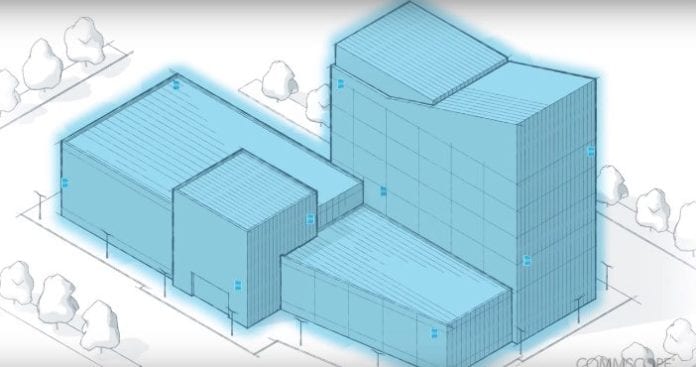Using software to manage C-RAN deployments, cell virtualization improves spectral usage and provides a better user experience
As highly-competitive service providers work to win customers by providing, in some cases, unlimited data options, it’s imperative to combat churn by providing a high-quality user experience while maximizing utilization of costly investments in spectrum. To accomplish this, advanced virtualization techniques–widely considered a key aspect of 5G–are being used to dramatically increase capacity and spectral efficiency in existing LTE deployments.
With cell virtualization, a technology pioneered by CommScope, baseband processing in a Cloud-Radio Access Network (C-RAN) architecture can be virtually partitioned to create multiple cells within a single physical cell footprint. A centralized controller coordinates scheduling across multiple radio points without the need for handovers and in a way that eliminates border interference. The net effect is increased wireless capacity and quality in terms of throughput and consistency, and simplified deployment as a function of eliminating the need for border interference management.
Josh Adelson, director of product Marketing for small cells at CommScope, explained that testing consistently demonstrates that a single physical cell with cell virtualization can provide up to four virtual cells worth of capacity.
“The foundation of how we do this is our OneCell® C-RAN Small Cell System,” he said. “All of the individual radio points have to be coordinated. If you take individual, standalone small cells and put them up in a building, there will be challenges because each one is making its own decisions. We were simply trying to solve the problem, which is that if you have a coverage area and you break it up into individual sectors to add capacity, you create borders that can reduce capacity and diminish the quality of the user experience.”
Consider an indoor small cell deployment: multiple OneCell Radio Points are connected via Ethernet LAN to a central baseband controller. In a traditional configuration, a 10 megahertz LTE spectrum band has 50 physical resource blocks (PRBs) per millisecond with each PRB going to one user only. Cell virtualization in the same 10 megahertz allows for each PRB to be reused by as many as four users, effectively creating up to 200 PRBs, for a quadrupling of capacity without introducing interference.
“Cell virtualization adds capacity without interference by dynamically creating multiple non-interfering virtual cells within a single physical cell,” Adelson said. “The physical cell is no longer the determining factor of how the spectrum resources get used.”
Although standards bodies haven’t yet formalized 5G specifications, many industry leaders consider the concept of virtualization–divorcing network hardware from function and application–likely to be a key aspect of delivering next generation networks. To meet expected throughput and latency demands, 5G network infrastructure can be virtualized to drive flexibility and create a user-driven experience.
“Leading mobile operators talk about eliminating the physical cell as the fundamental building block of the wireless network in 5G. Cell virtualization is consistent with this vision. But, ahead of 5G, we can use virtualization to increase the capacity of LTE networks.”
To learn more about CommScope’s cell virtualization, watch the video below.

